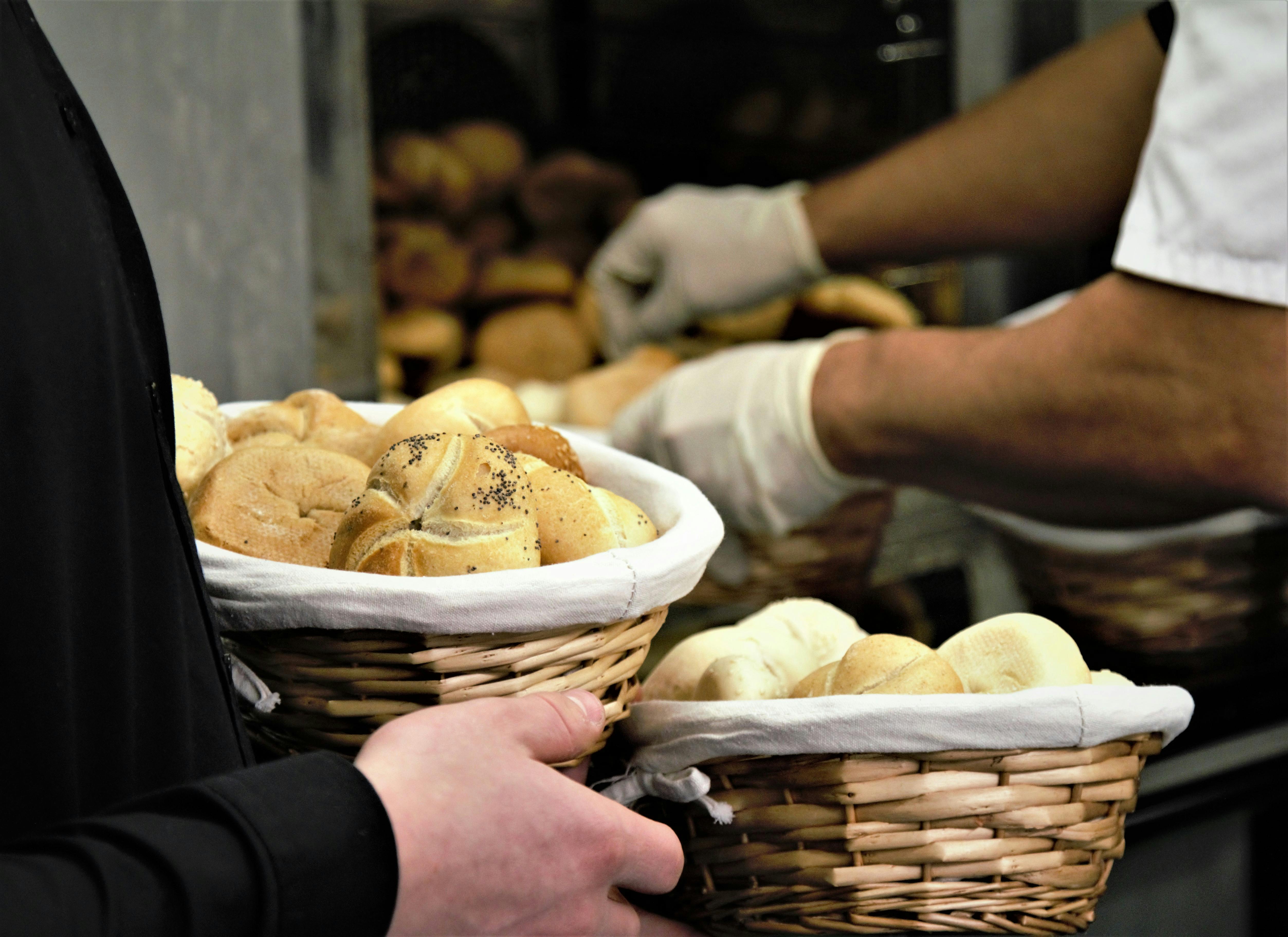
 Here’s the core of my food philosophy — if you love what you’re eating, it’s good for you. This comes in handy when I’m indulging in, say, a fresh crackly baguette slathered with butter. It’s no accident that baguettes may be the most popular bread in the Western world. So when you need a break from your virtuous whole grain regimen, try this recipe and love the results. Thanks to Emmanuel Hadjiandreou and his book How to Make Bread for the recipe, guidance and inspiration. It’s no accident that baguettes may be the most popular bread in the Western world. So when you need a break from your virtuous whole grain regimen, try this recipe and love the results. Baguette Thoughts - Baguettes are an interesting bread. In France, where they’re a symbol of French culture, laws dictate the ingredients and customs dictate their distinctive shape. Don’t even think of using more or less than 5 slashes when scoring the dough if you don’t want the baguette police hauling you off to Devil’s Island.
Here’s the core of my food philosophy — if you love what you’re eating, it’s good for you. This comes in handy when I’m indulging in, say, a fresh crackly baguette slathered with butter. It’s no accident that baguettes may be the most popular bread in the Western world. So when you need a break from your virtuous whole grain regimen, try this recipe and love the results. Thanks to Emmanuel Hadjiandreou and his book How to Make Bread for the recipe, guidance and inspiration. It’s no accident that baguettes may be the most popular bread in the Western world. So when you need a break from your virtuous whole grain regimen, try this recipe and love the results. Baguette Thoughts - Baguettes are an interesting bread. In France, where they’re a symbol of French culture, laws dictate the ingredients and customs dictate their distinctive shape. Don’t even think of using more or less than 5 slashes when scoring the dough if you don’t want the baguette police hauling you off to Devil’s Island.For many a home baker, striving for baguette perfection is a life journey. Making a great baguette is indeed one of the most demanding tests for bread bakers. Achieving excellent results consistently is normally the domain of skilled professional bakers with expensive steam injected ovens. However, even “pretty good” results from your own home efforts can be at least very enjoyable. Don’t be afraid to fail. There is no real downside risk in trying. As with any bread recipe, baguette variations abound. Feel free to mess with this recipe. If you want a little more flavor and nutrition, add some whole wheat flour. I had a mostly durum flour baguette once that was great. Get crazy and roll the dough in sesame seeds before baking. Try increasing the amount of water in the recipe for a more open crumb (getting big holes in bread dough can be its own obsession). There are even stuffed baguettes — you’ll need to Google that one. Most of all, have fun and find what works best for you. Finally, I feel compelled to include this video of Wayne Caddy, from The School of Artisan Food in the UK, knocking out perfect baguettes with apparent ease. Eric Rusch: Founder, proprietor, and Grand Poobah of Breadtopia.
I just cover it with a towel and leave it for about ten minutes. While the dough is resting you’ll need to clean and dry the mixing bowl then spray or rub it with oil. After the dough rests, you’ll continue kneading for another few minutes, until the dough is smooth and elastic. Next, place the ball of dough into your greased bowl and turn it so that the top is lightly coated in oil. Now cover the bowl and put it in a fairly warm spot. If your kitchen is cold, put it on top of the refrigerator or in the oven (turned off) with the light turned on. Let the dough rise until doubled in size, about 1 1/2 to 2 hours. One way to test if the dough has doubled is to push a couple fingers down into the dough. If the holes don’t fill back in, the dough is ready to be shaped.

0 Komentar